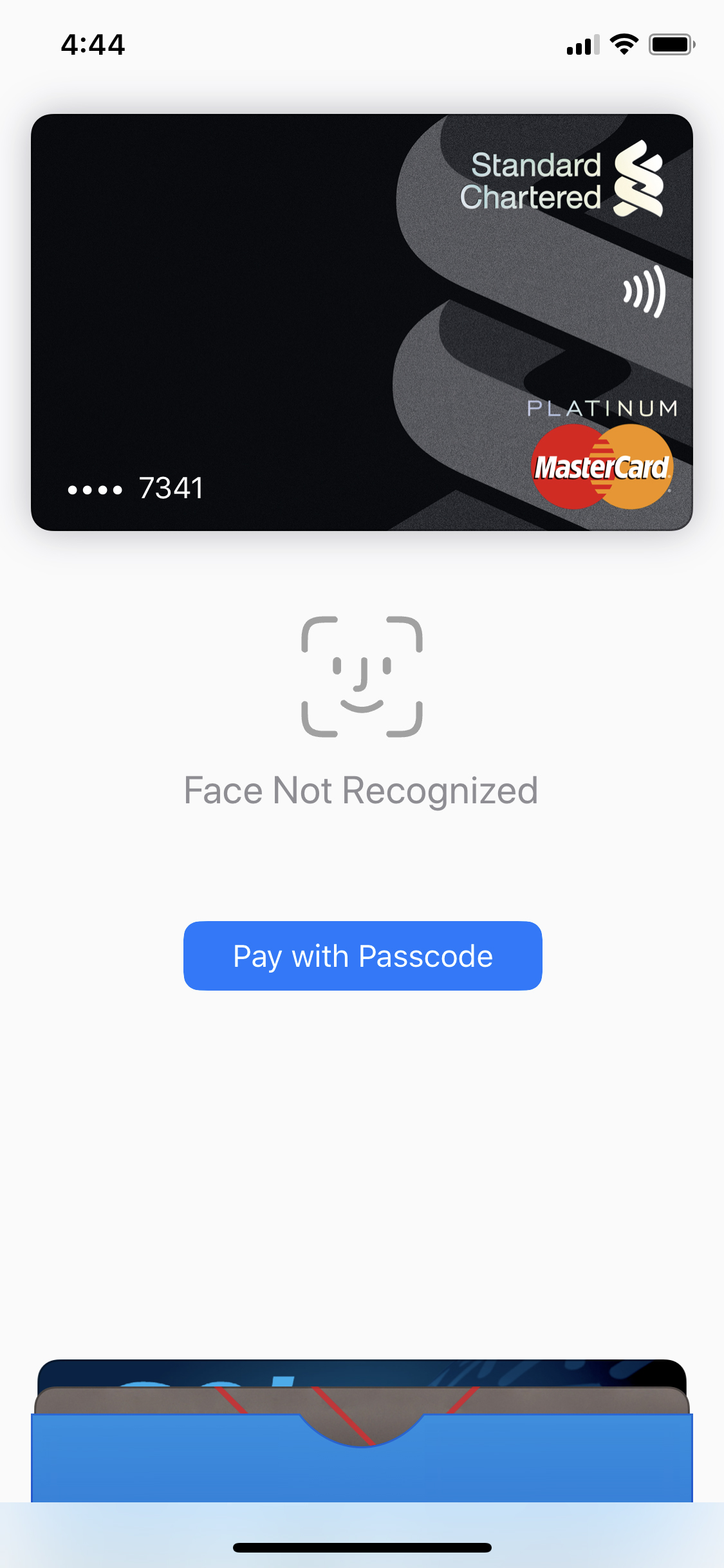Google has created a page to describe what its UX writers do in UX writing. In the page, Google described UX writers as the advocate for Google design and help shape product experiences by crafting copy that helps users complete the task at hands.
They set the tone for content and drive cohesive product narratives across multiple platforms and touchpoints. As the resident wordsmiths, they work with a variety of UX design-related jobs including researchers, product managers, engineers, marketing, and customer operations to help establish connective language and a unified voice.
So, what’s the hype about UX writing that you should know? This article will explain what is UX writing, its best practices and its growing relation with chatbots and voice user interfaces (VUI).
What is UX writing?
UX writing forms part of the content strategy of your organization. A UX writer carefully crafts copy for all platforms and touchpoints to achieve the following goals:
- Help users to successfully complete the task at hands
- The copy needs to be useful and informative, yet without too much information, in order to minimize the time taken for each task
- Create a consistent brand voice
Intensive collaboration with other members of UX team, marketing team, customer support team and developer team will also take place to ensure a consistent brand voice for the company. In addition, a UX writer is expected to carry out research to measure the effectiveness of different sets of copy.
Future as a UX writer
While UX designer is still a relatively new profession, UX writer is an even newer profession!
The task of writing copy used to be done by the marketing team, customer support team or even the business analyst. However, one day, someone finally realized that there is a need to create something better and consistent to engage the users. Thus, the job of UX writer is born.
One applying for the role of UX writer should ideally possess a degree in communications or arts. A strong interest in technology is a must as you will be dealing with technology on daily basis. On top of this, a portfolio of your previous copy-writing works will certainly help in your job applications.
With the rise of chatbots, the future as a UX writer is very bright.
A lot of companies has automated their customer service process through chatbots. Some have even started automating their sales process with chatbots. If Expedia Inc’s prediction is correct, voice user interface (VUI) could trump over chatbots and AI in travel bookings.
With the help of a UX writer, the effectiveness of chatbots and VUI can be improved through the correct choices of words. Moreover, with a bit of creativity, a company can even personalize their response to create a voice for its brand.
Therefore, expect an increase in hiring for UX writer as chatbots and VUI become more rampant!
UX writing best practices
Let’s see the practices that can be learned from the examples below:


1. No jargon
Yes: Face not recognized.
No: Error 123.
Always put yourself in the users’ shoes and use only the words they understand. In the first example, instead of using Error XXX that the developers would use, use the words a general user can understand without the need to search with Google.
2. Provide a task to complete
Yes: Face not recognized. Pay with passcode.
No: Face not recognized.
When an error occurs, provide an alternative solution or task to complete for the users. In the previous example, when an error occurs (face not recognized), provide the next task (pay with passcode) such that users know what to do next.
3. Straight to the point
Yes: Face not recognized.
No: We do not recognize your face.
Important things come first. Structure your sentence to go straight to the point.
4. Action verbs/ words for tasks to be completed by users
Yes: Pay with passcode.
No: Passcode can be used to pay too.
Whenever there is a task that requires action by the users, use action verbs/ words at the start of a sentence. This will make the statement clear and easier to read.
5. A/B testing or usability testing
Always incorporate research into UX writing. Use A/B testing or usability testing to measure the effectiveness of different sets of writings.
| Set 1 | Set 2 | |
| Success Rate | 60% | 70% |
| Average Time Taken | 5s | 2s |
6. Consistency and creativity
Add consistency and creativity to UX writing and a brand voice will be produced. To enable this, UX writer will need to come up with a company-wide editorial strategy and guidelines as part of its content strategy.
Conclusion
Going forward, a UX writer will be the storyteller, technical writer and editor of the company, housed within the UX team. While we see companies constantly improving their products and services’ appearance, feel and interaction design, it is intriguing that there will finally be changes to the words too.























